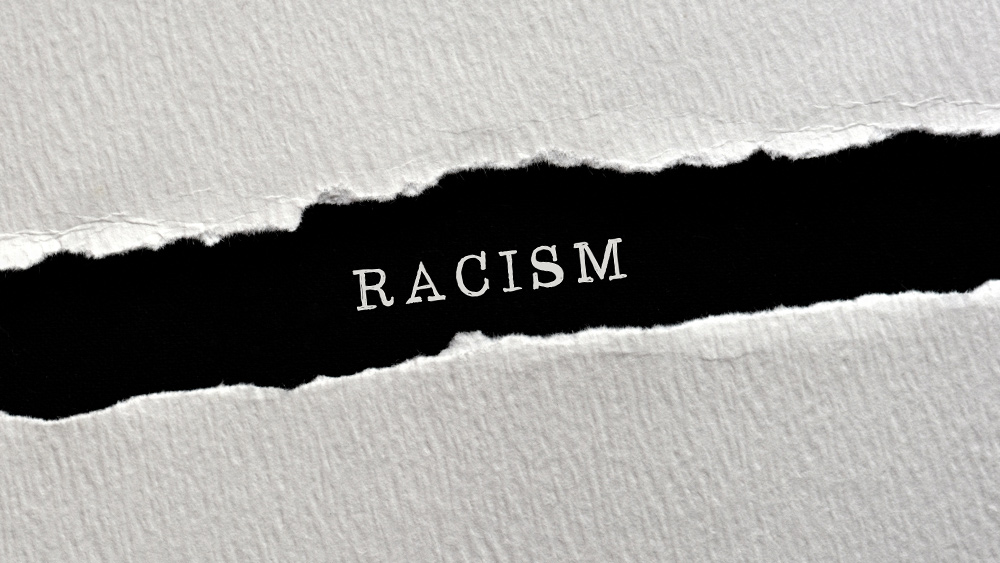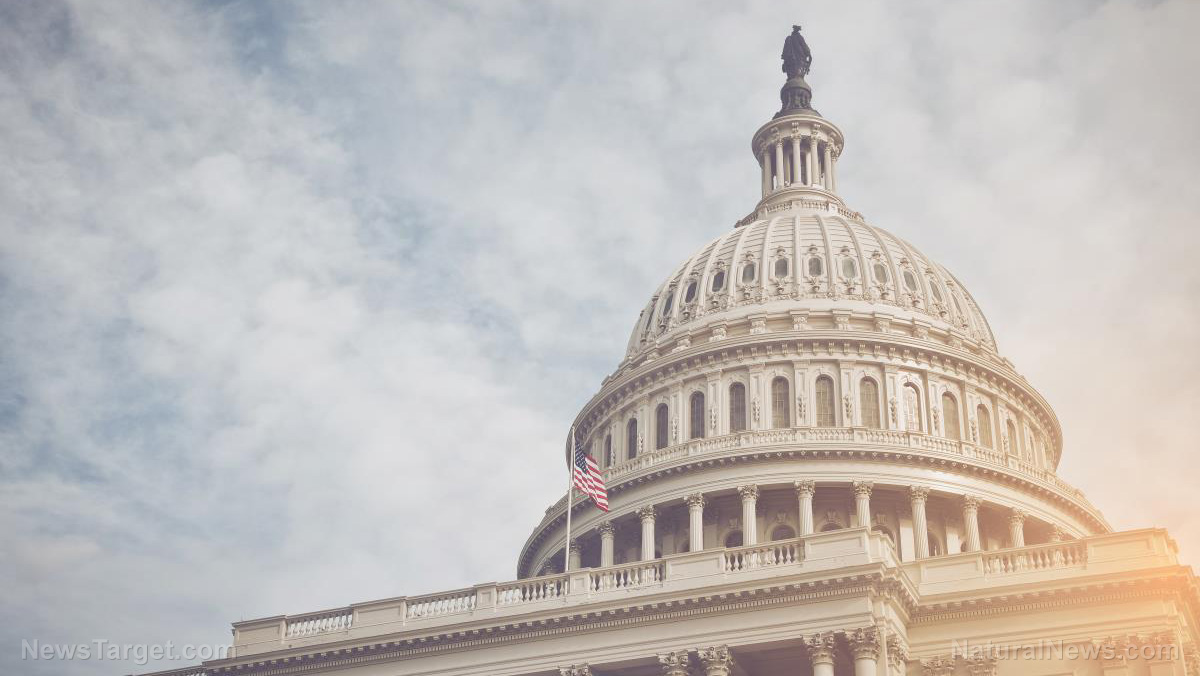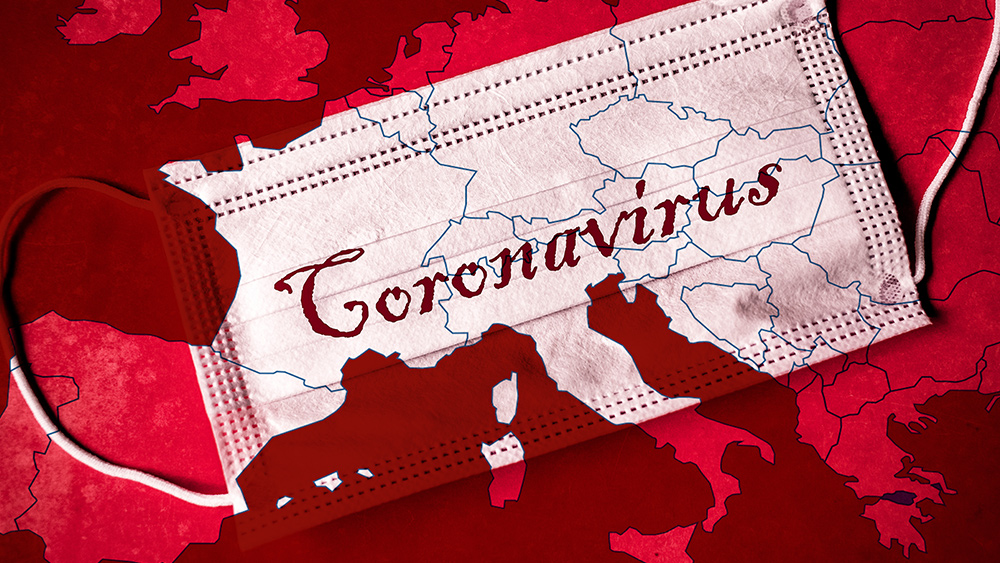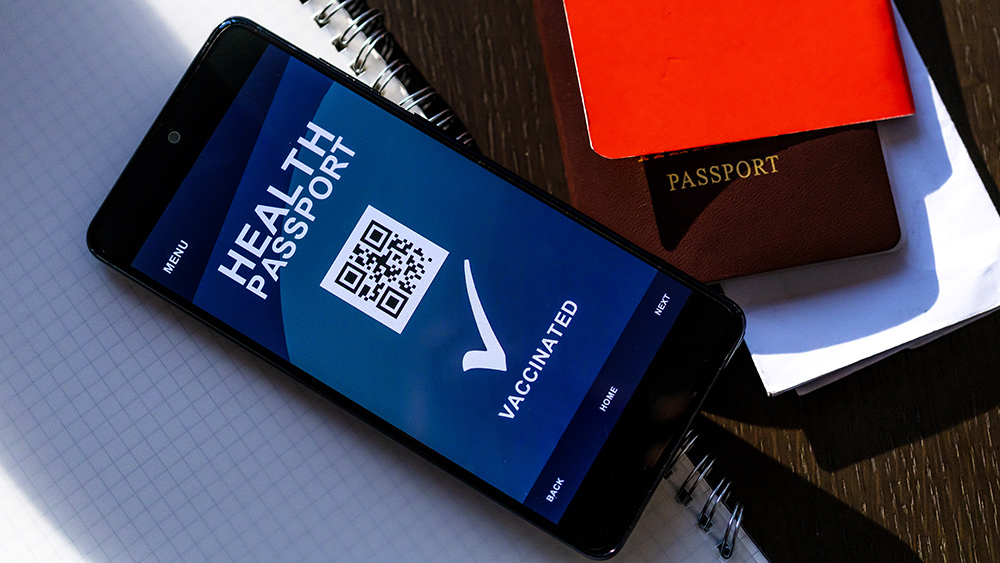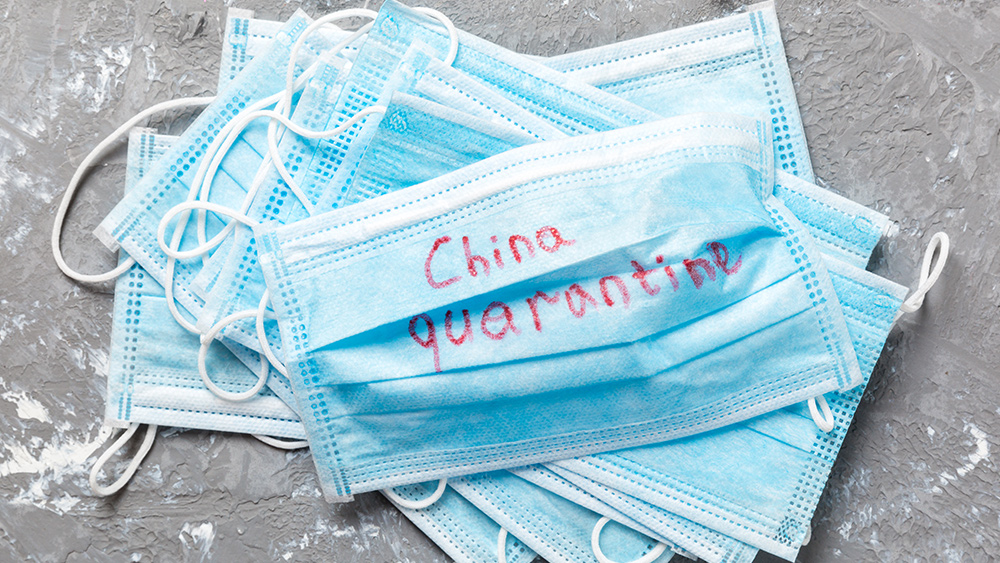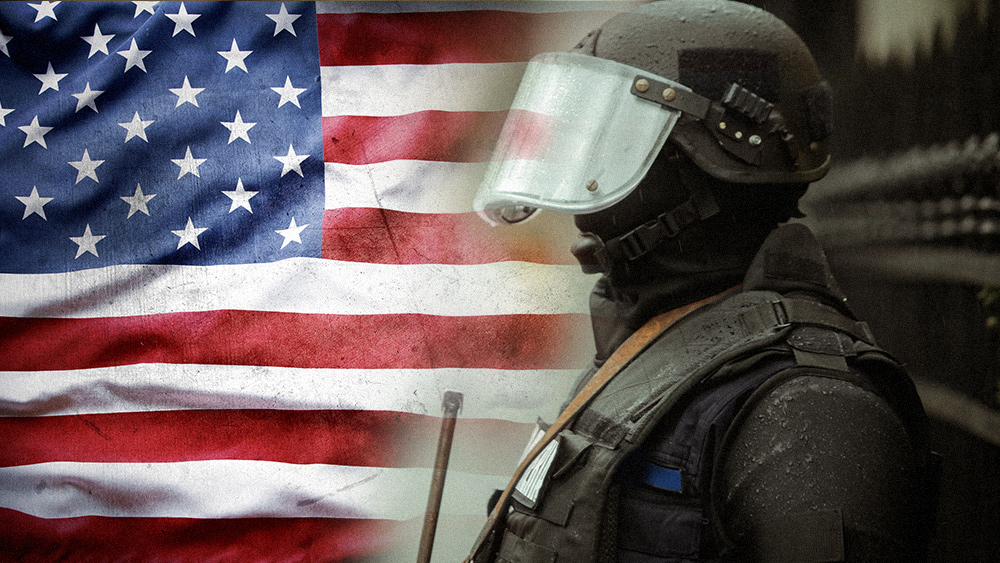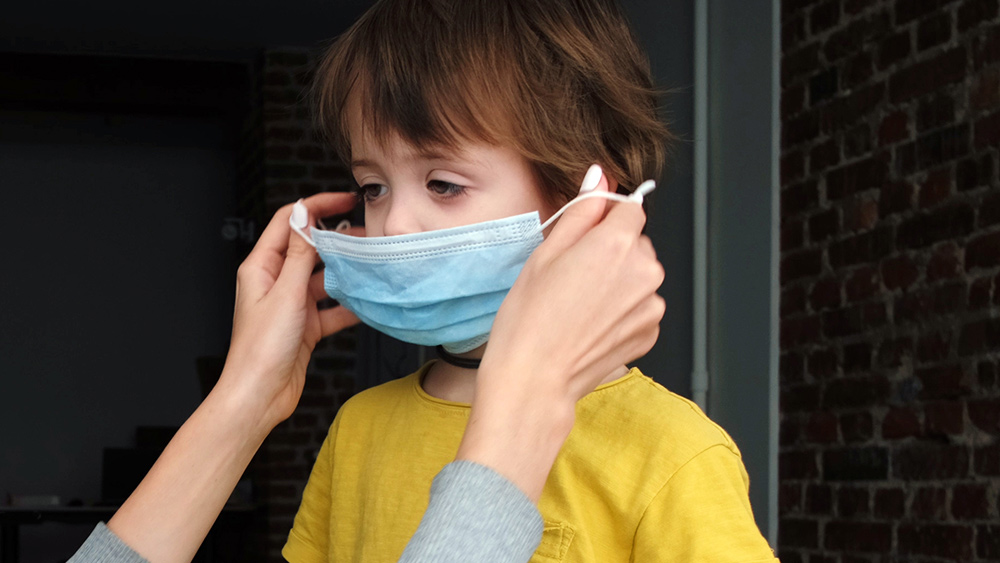Will Justice Sotomayor be banned on Twitter? Don’t bet on it.
01/10/2022 / By News Editors
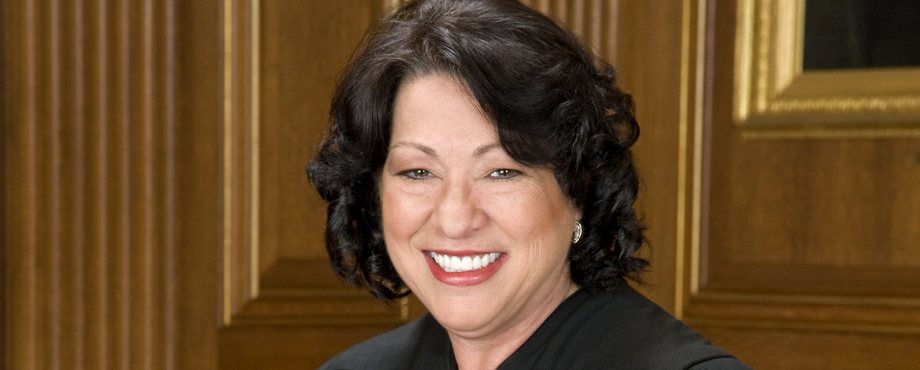
During the oral arguments over the Biden vaccine mandates last week, two largely disconnected views emerged from the right and left of the Supreme Court. Conservative justices hammered away at the underlying authority of the Biden Administration to issue these mandates, particularly after President Joe Biden’s own Chief of Staff admitted that the agency rules were “workarounds” of his constitutional limitations. Conversely, the liberal justices used the “equity” aspects of an injunction to raise more emotive, if not apocalyptic, arguments on the dangers of Covid-19. That led Justice Elena Sotomayor to make a claim about children with Covid that even the Washington Post called “absurdly high” and worthy of “four Pinocchios.”
(Article republished from JonathanTurley.org)
The incident raised a sensitive issue for some of us who oppose the massive censorship programs on Twitter and other social media platforms. Justice Sotomayor was spreading “disinformation” on Covid-19, so could she be barred from Twitter? As you might expect the answer is no, but that is precisely the problem with the corporate censorship embraced by many today.
The controversial statement of Justice Sotomayor could not have come at a worse time. She and her two liberal colleagues were arguing against substantial judicial review of the mandate orders in favor of extreme deference for the agencies. They argued that there was no time to waste in light of the dire crisis facing the country.
However, all three justices made claims that were challenged in terms of their accuracy. Justice Stephen Breyer, for example, declared there were “750 million new cases yesterday, or close to that.” He added that “is a lot. I don’t mean to be facetious.” It was not facetious, it was false.
Yet, Sotomayor’s claims were the most alarming:
“Those numbers show that omicron is as deadly and causes as much serious disease in the unvaccinated as delta did. … We have over 100,000 children, which we’ve never had before, in serious condition and many on ventilators.”
In an interview on Fox News, CDC chief Dr. Rochelle Walensky confirmed that there are actually fewer than 3,500 kids with the virus in hospitals.
The argument was viewed by many as part of what sounded more like a legislative than a judicial debate over the mandate. That was ironic given how Justice Sotomayor recently objected that the “stench of politics” followed her three new colleagues to the Court.
Yet, we all make mistakes in the heat of arguments and I do not believe for a second that Justice Sotomayor was intentionally misleading or duplicitous in making this claim.
That, however, leads back to the free speech question. If someone quoted Sotomayor’s false statement on Twitter, would they be flagged or banned? How about Sotomayor herself (assuming she even has a Twitter account)?
The answer is no.
Here is Twitter’s disinformation policy:
Content that is demonstrably false or misleading and may lead to significant risk of harm (such as increased exposure to the virus, or adverse effects on public health systems) may not be shared on Twitter. This includes sharing content that may mislead people about the nature of the COVID-19 virus; the efficacy and/or safety of preventative measures, treatments, or other precautions to mitigate or treat the disease; official regulations, restrictions, or exemptions pertaining to health advisories; or the prevalence of the virus or risk of infection or death associated with COVID-19.
Clearly, Justice Sotomayor’s statement was false. As the Washington Post stated, it was “absurdly” false. However, overstating the risks of Covid-19 is not considered “harmful.” The social media companies target skeptics, not zealots.
Conversely, if someone posted that the new variant was producing fewer cases, it would likely be flagged and blocked. That would be deemed too dangerous for Twitter readers to consider.
Twitter can ban people like Donald Trump based on “how [their statements] are being received and interpreted on and off Twitter.” Even sharing the views of people like Donald Trump can lead to a ban.
Of course, one could argue that wildly overstating the risk of omicron to children would “likely … impact public safety” by distorting both the public health crisis and potentially leading to the misapplication of scarce resources. Yet, Twitter is happy to let readers hash out the truth of such statements.
My point is not that Sotomayor should be banned from social media, but that this controversy shows why censorship is both unnecessary and biased. Free speech has its own corrective element. Indeed, Sotomayor’s statement was quickly corrected by critics.
We have seen various journalistic and scientific figures banned for expressing skepticism over pandemic claims from the origins of the virus to the efficacy of certain treatments. For example, when many people raised the possibility that the virus may have been released from the nearby Chinese virology lab (rather than the “wet market” theory), they were denounced as virtually a lunatic fringe. Even objections to the bias of authors of a report dismissing the lab theory were ridiculed. The New York Times reporter covering the area called it “racist” and implausible. Now, even W.H.O. admits that the lab theory is possible and Biden officials are admitting that it is indeed plausible.
The same is true with the debate over the efficacy of masks. For over a year, some argued that the commonly used masks are ineffective to protect against the virus. Now, the CDC is warning that the masks do not appear to block these variants and even CNN’s experts are calling the cloth masks “little more than facial decorations.”
These are questions that are still being debated, but censorship inhibits rather than helps us find such answers. The greatest danger to science (and, by extension, public health) is orthodoxy. It is better to have false claims, like Justice Sotomayor’s, than to block a free and open debate on such issues.
Yet, censorship is the rage today. Democratic legislators in New York want to criminalize disinformation about public health while a governor in Washington wants to criminalize disinformation about election results.
In the meantime, there is a steady call for greater and greater censorship. Free speech advocates are facing a generational shift that is now being reflected in our universities, where free speech principles were once a touchstone of the rule of law. As millions of students are taught that free speech is a threat and that “China is right” about censorship, these figures are shaping a new society in their own intolerant images.
Figures like Sen. Elizabeth Warren want companies to protect readers from dangerous proclivities in their reading choices. In a Senate hearing, Sen. Chris Coons demanded that companies impose a sweeping system to combat the “harm” of misinformation on climate change as well as other areas. He warned that “helping to disseminate climate denialism, in my view, further facilitates and accelerates one of the greatest existential threats to our world.”
Sen. Richard Blumenthal warned that he and his colleagues would not tolerate any “backsliding or retrenching” by “failing to take action against dangerous disinformation.” He demanded “the same kind of robust content modification” from the companies – the new Orwellian term for censorship.
The good news is that Justice Sotomayor will not be banned by Twitter. The better news would be that such tolerance would apply in the same way to justices and nonjustices, liberals and conservatives, skeptics and zealots. The solution to disinformation is more information. The solution is free speech.
Read more at: JonathanTurley.org
Tagged Under: biased, Big Tech, Censorship, covid-19, disinfo, Double Standards, free speech, government, Justice Sotomayor, pandemic, politics, Social media, Twitter, vaccine, vaccine mandate
RECENT NEWS & ARTICLES
Pandemic.News is a fact-based public education website published by Pandemic News Features, LLC.
All content copyright © 2018 by Pandemic News Features, LLC.
Contact Us with Tips or Corrections
All trademarks, registered trademarks and servicemarks mentioned on this site are the property of their respective owners.


